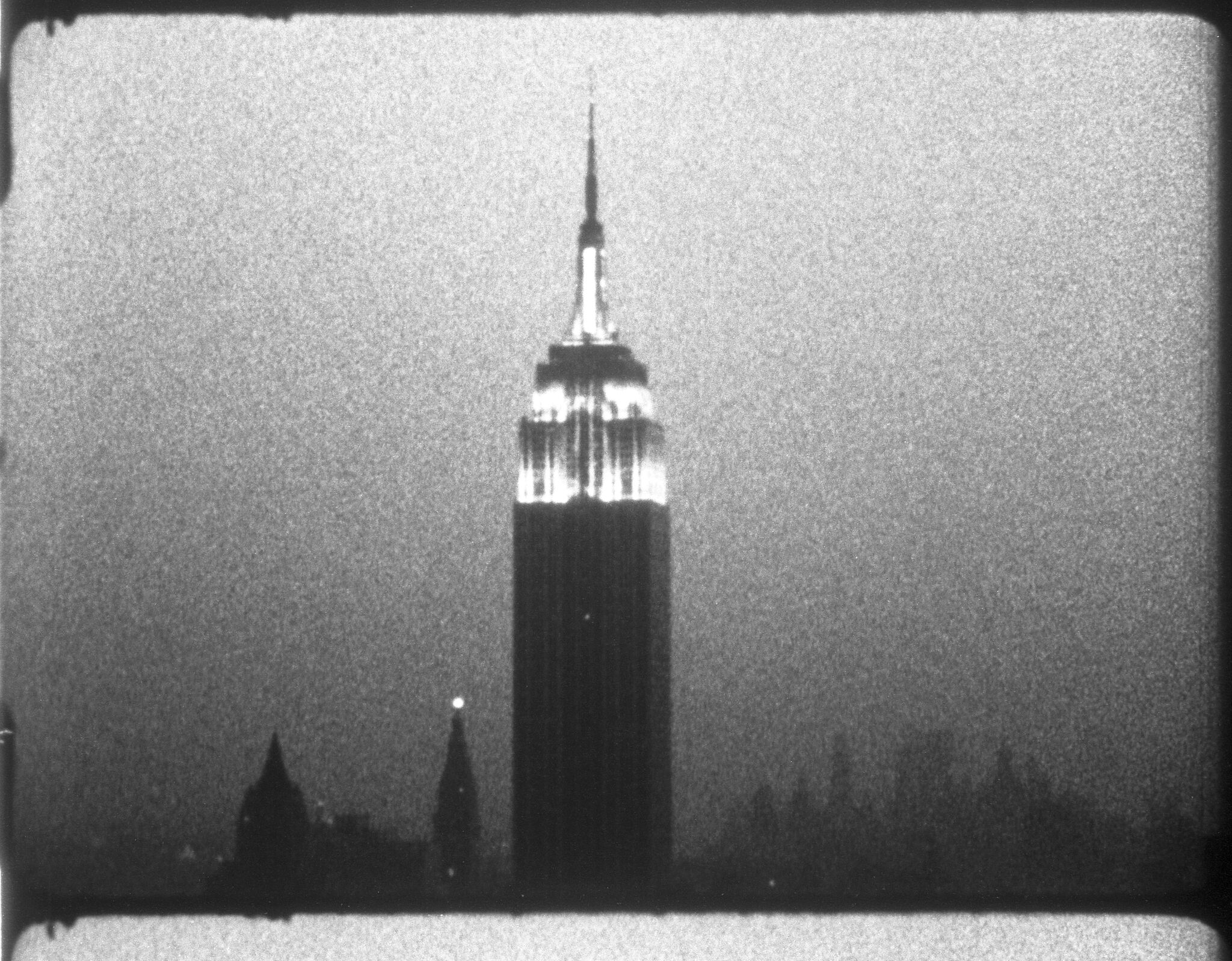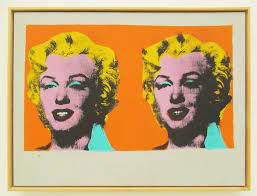Recently I watched a television documentary about Andy Warhol (1928-1987) which claimed that he was the greatest artist of the twentieth century. Given the competition that is quite a claim to make.
Warhol and his art

Andy Warhol
Andy Warhol studied art at college in Pittsburgh then became a commercial artist in New York where he was very successful.
In the early 1960s Warhol began to make screen prints. These soon attracted the attention of the New York art world and he featured in solo and group shows which further escalated his career.
Warhol's screen prints featured icons of consumerism such as the famous Campbells soup tins and Coca Cola bottles. Also popular entertainers such as Elvis Presley and Marilyn Monroe featured in silk screen portraits made from photographic stencils overlaid with the application of flat and often garish areas of colour.
The art here was the representation of the everyday and ordinary as the subject of fine art. Where once artists had painted religious icons and scenes from classical literature and mythology, Warhol painted consumer icons. Arguably mass-produced consumer items have become as important as religion and mythology to many people in modern materialistic society. Hence Warhol may have been saying that consumerism and the gods of entertainment have replaced our traditional fixations. Spiritual values have given way to a baser instant gratitude born of material desire. Or maybe we now judge our own virtuousness and success by how much stuff we can accumulate, instead of by the standards of the Bible or ancient wisdom.
Warhol seemed to be absolutely immersed in American's culture of materialism, celebrity and sensation. Despite the fact that his art nearly always reflected it he was never openly critical of it and never seemed to examine its apparent contradiction with the deeper possibilities of art. Warhol was an enigma in plain sight.
Warhol's 'Factory' studio
Warhol named his studio 'The Factory' which hints at another aspect of his work - his apparent fascination with mass production. At its height this studio would employ waged artists who would execute the screen-printed works of art from an initial concept provided by Warhol himself. This pattern resembled the industrial production which was the defining feature of the economy and life for millions of people. A product is designed and then mass produced. So Warhol's art was in one sense a product. Often the initial concept would be a photograph - Warhol was fond of Polaroid cameras - and this further automates the process of creation. The staff artists would then make multiple copies of the work of art using the screen printing process, which lends itself well to long production runs. Hence there are many Warhol pictures out there, most of them from a run of up to hundreds of copies.
Was it art? Yes it was. Warhol took the photograph so there was creative intent there. And of course his staff artists made the screen-printed works by hand. Actually no two were entirely the same.
The cleverness of Warhol's Factory was that it mimicked the process of modern industrial mass production to make fine art.
Apparently Warhol's customers occasionally asked him why he had not signed their picture. Warhol would retort that he had not painted it. That, we can infer, was the whole point!
Appraisal of Warhol's work
To return to the television documentary mentioned earlier - was Warhol the greatest artist of the twentieth century?
He certainly nailed the twentieth century phenomena of repetition and mass production of culture. For that reason he is important. He may indeed be the most important American artist of the last century, though others would argue that Jackson Pollock and a perhaps a few others would offer competition.
Warhol was also an early multimedia artist with his concentration on modern art, film making and for a while music production when he financed and helped to produce the Velvet Underground's remarkable debut album.

A still from Andy Warhol's Empire film. Courtesy Whitney Museum of American Art
A criticism of Warhol is that he was too immersed in the commercial side of art. He made a very famous statement to this effect which has been widely quoted by for example Forbes magazine.
Making money is art and working is art and good business is the best art.
Andy Warhol
While Warhol was making art a lot of important things happened on which he made no comment in his work: Vietnam War, Cold War, Civil Rights movement, Watergate and the subsequent crisis of trust in government, Feminism. Admittedly by his very lifestyle as an openly gay man Warhol did break some barriers, and he put many marginalised people in his films.
The greatest artist of the twentieth century in the whole world? For me Picasso takes that prize for his mutation of form, but Warhol was definitely a major artist globally.
Warhol's legacy lives on in the Andy Warhol Foundation.
Feel free to leave your comments!









